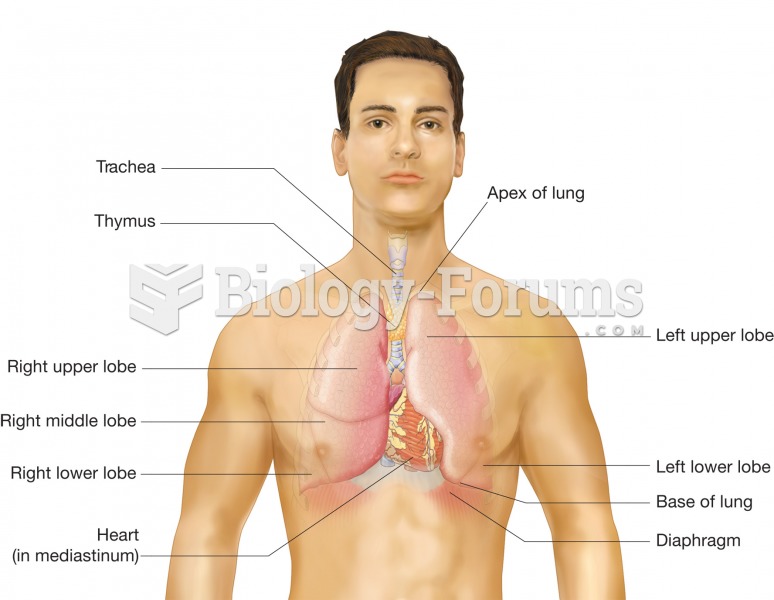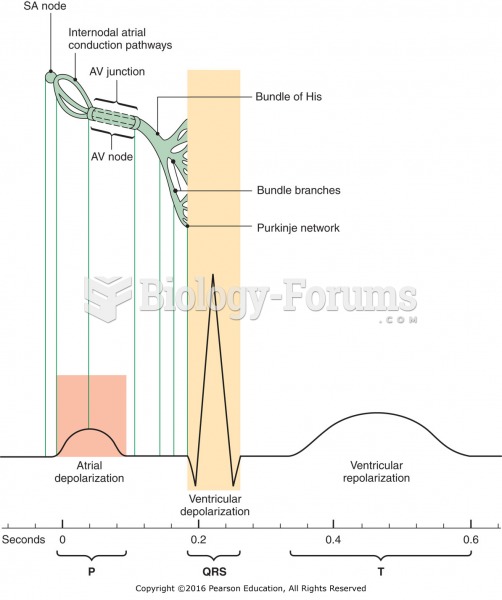Answer to Question 1
Customer expectations can vary based on the situation. For example, expectations are likely to be very high (that is, closer to the ideal end of the range) in situations where personal needs are very high. Expectations also tend to be higher when customers have many alternatives for meeting their needs. Other situations can cause customer expectations to be lower. Customers may have lower expectations (that is, closer to the tolerable end of the range) when the purchase is not involving or when the monetary or nonmonetary prices are low. Customers can also become more tolerant of weak or poor performance when they have fewer product alternatives or when the poor performance is beyond the control of the firm (e.g., bad weather, excessively high demand, or natural disasters).
The difference between the upper and lower end of the range of possible customer expectations is an important strategic consideration in managing customer satisfaction. Marketers often refer to the upper end of expectations as desired performance expectations (what customers want) and the lower end of the range as adequate performance expectations (what customers are willing to accept). The extent of the difference between desired and adequate performance is called the zone of tolerance. The width of the zone of tolerance represents the degree to which customers recognize and are willing to accept variability in performance (i.e., quality, value, or some other measurable aspect of the marketing program). Performance can fall above the zone of tolerance (i.e., customer delight), within the zone of tolerance (i.e., customer satisfaction), or below it (i.e., customer dissatisfaction).
We can think of these issues in a strategic sense by considering the zone of tolerance as a moving target. If the zone is narrow, the difference between what customers want and what they are willing to accept is also narrow. This means that the marketer will have a relatively more difficult time matching performance to customer expectations. Hence, customer satisfaction is harder to achieve when the zone of tolerance is narrow. Conversely, customer satisfaction is relatively easier to achieve when the zone of tolerance is wide. In these instances, the marketer's hurdle is lower and the satisfaction targets are easier to hit. Delighting the customer by exceeding desired expectations is an exceedingly difficult task for any marketer. Causing customer dissatisfaction by failing to meet even adequate expectations is a situation that should be avoided at all times.
Answer to Question 2
B







